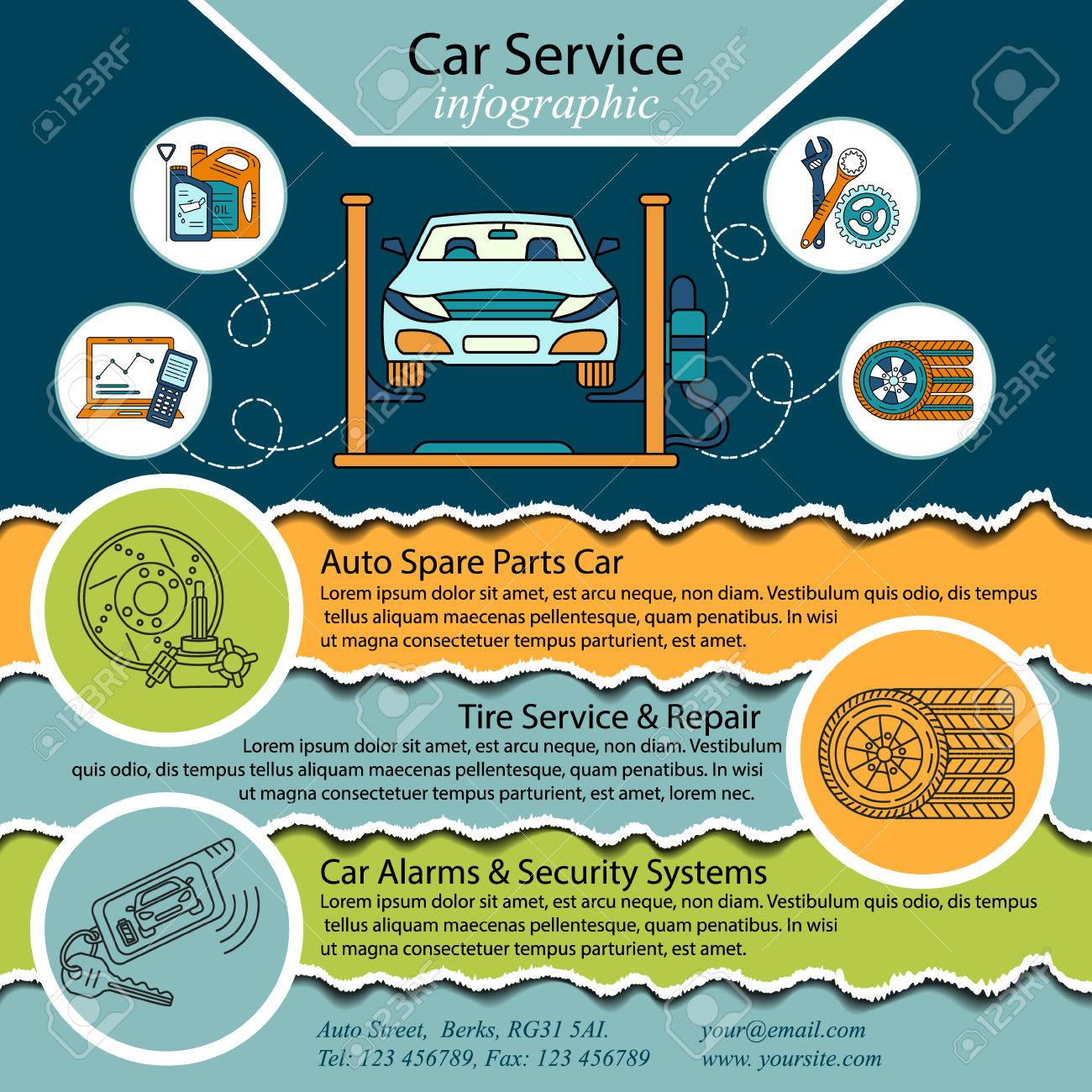Decoding Your Vehicle'S Caution Indicators: What They Truly Signify
Decoding Your Vehicle'S Caution Indicators: What They Truly Signify
Blog Article
Web Content Create By-Higgins Dalgaard
When you're behind the wheel, those glowing caution lights on your dashboard can be a bit perplexing. Do interior car wash know what they're trying to inform you concerning your vehicle's wellness? Recognizing the significance of these lights is vital for your security and the longevity of your lorry. So, the next time one of those lights turns up, wouldn't you intend to decipher its message properly and take the needed actions to resolve it?
Common Warning Lights and Interpretations
Determine usual caution lights in your vehicle and understand their definitions to guarantee secure driving.
One of the most regular caution lights consist of the check engine light, which signifies concerns with the engine or emissions system. If this light comes on, it's crucial to have your vehicle inspected without delay.
The oil stress cautioning light shows low oil pressure, calling for immediate attention to avoid engine damages.
A blinking battery light could recommend a faulty charging system, potentially leaving you stranded otherwise addressed.
The tire stress surveillance system (TPMS) light signals you to reduced tire stress, impacting vehicle stability and fuel performance. Overlooking this could lead to hazardous driving conditions.
The ABS light shows a trouble with the anti-lock braking system, compromising your ability to quit rapidly in emergency situations.
Finally, the coolant temperature level advising light warns of engine getting too hot, which can cause serious damages if not resolved quickly.
Recognizing auto car detailing will help you attend to problems quickly and keep safe driving conditions.
Importance of Prompt Focus
Recognizing the usual warning lights in your car is just the primary step; the relevance of quickly addressing these cautions can not be stressed sufficient to ensure your security when driving.
When https://wonderfulengineering.com/how-to-start-a-car-repair-shop-the-ultimate-guide/ illuminates on your dashboard, it's your car's way of interacting a potential concern that requires attention. Overlooking these warnings can lead to a lot more severe problems later on, compromising your safety and security and possibly costing you more in repairs.
Motivate interest to alerting lights can prevent breakdowns and mishaps. For example, a flashing check engine light might indicate a misfire that, if left ignored, can trigger damages to the catalytic converter. Resolving this without delay can conserve you from a costly repair.
Similarly, a brake system advising light could indicate low brake liquid or worn brake pads, important components for your security when driving.
DIY Troubleshooting Tips
If you observe a warning light on your control panel, there are a couple of do it yourself troubleshooting tips you can try prior to seeking expert assistance.
The first step is to consult your cars and truck's handbook to recognize what the certain caution light suggests. Occasionally the issue can be as simple as a loose gas cap activating the check engine light. Tightening up the gas cap may resolve the problem.
An additional common problem is a low battery, which can set off numerous cautioning lights. Checking the battery connections for corrosion and guaranteeing they're safe might deal with the issue.
If a caution light persists, you can attempt resetting it by detaching the vehicle's battery for a couple of minutes and then reconnecting it. In addition, checking your vehicle's fluid degrees, such as oil, coolant, and brake fluid, can assist repair cautioning lights related to these systems.
Verdict
Finally, understanding your cars and truck's caution lights is important for keeping your vehicle running efficiently and safely. By immediately dealing with these informs and understanding what they imply, you can prevent costly repair work and possible break downs.
Remember to consult your automobile's manual for specific information on each warning light and do something about it appropriately to guarantee a trouble-free driving experience.
Keep educated, remain risk-free when driving!
